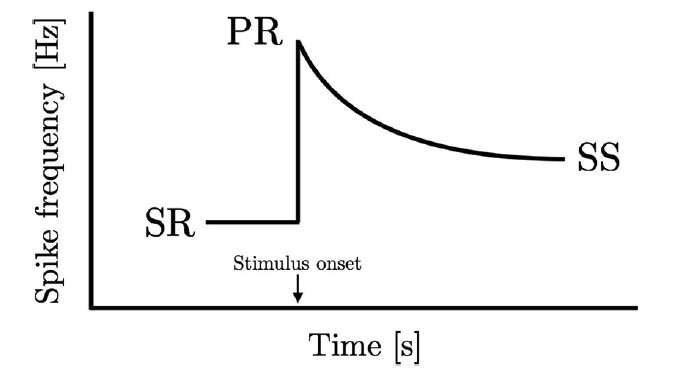Imagine walking out of the subway onto a busy street or going to a loud concert with flashing lights. At first, you’re highly stimulated by the roar of the bustling street or the strobe lights, but then you naturally get used to it. Without this adaptive ability, we’d all go mad, especially considering the number of stimuli we’re bombarded with on a daily basis. And it’s not just humans either. It could be that all organisms follow the same physiological adaptation curve, governed by a universal law of physiology recently uncovered by researchers at the University of Toronto.

The team of researchers who came across this universal relationship of physiology was led by Prof. Willy Wong. Although the findings have huge implications for biology, Wong is actually a professor of biomedical and computer engineering. Previously, he made important contributions to brain-machine interfaces, such as devising a retinal prosthesis that restores partial vision to blind patients.
It was this work at the interface between senses and the brain that eventually led him down a rabbit hole where he noticed our response to different stimuli follows a surprisingly similar curve. And it all seems to be owed to how neurons communicate.
In order to communicate with one another, neurons fire a nerve impulse known as an action potential. This action potential, which always fires at the same intensity, is activated only once a certain threshold is reached.
“Action potentials don’t come in half measures,” says Wong. “Either you get one or you don’t. If you do, the neuron needs some time to recharge before it can fire another. In adaptation, the rate of action potential generation falls gradually to some non-zero steady state.”
In their new study, Wong and colleagues compared 250 measurements of adaptation from different fields of sensory psychology and found they all converged to a single equation. This very simple equation describes the adaptation response in all animals, from vertebrates like mammals to invertebrates like insects, and is valid for all five senses: vision, hearing, touch, taste, and smell.
The equation can be stated as the steady-state response (SS) equals the square root of the product between the activity before the application of the stimulus (SR) and the peak activity that occurs at the first presentation of the stimulus (PR). In visual format, this equation describes a curve that instantly rises when we encounter a new stimulus, but then steadily tapers off until we reach a new equilibrium.

The equation applies to virtually all living things, including jelliyfish, which are some of the oldest multicellular organisms.
“If you shine a light on them, they either fly to the light or away from it—but only because their photoreceptors are hardwired to their motor output,” he says. “Which raises the question, is this equation universal? In the future, if we find aliens with exobiology never seen on this planet, could they also be constrained by the same limitations or principles?”
The findings are based on data from hundreds of unrelated independent studies, which used different methods and were performed across different time periods spanning decades. Although this is by no means absolute proof, the unified nature of this research strengthens the notion that all things process stimuli according to a universal law.
“All this data was there,” says Wong, “All conformed to the same geometric mean relationship. It’s not dependent on the researcher, on what equipment was used, or on the organism. From that perspective, it is universal.”
The study was published this week in the journal Frontiers in Human Neuroscience.





